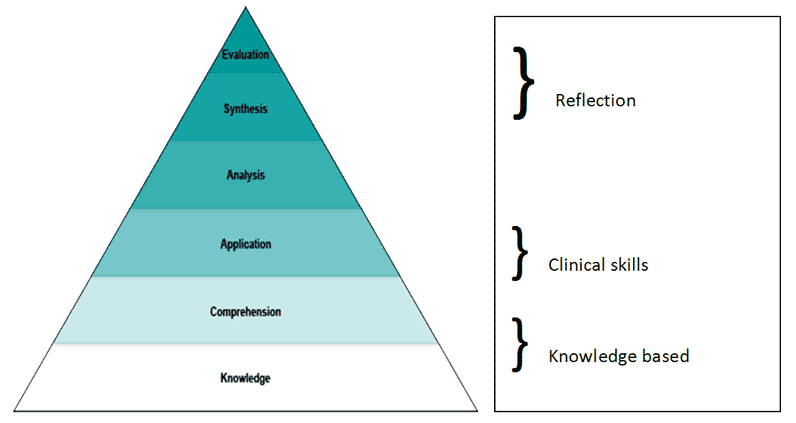Introduction
'I have no time to do this'
The clips located here are intended to illustrate the utility and versatility of the Workplace Based Assessment tools (WBAs). They show that no more than ten minutes are required for any of these tools to be used meaningfully. They can be undertaken as a planned or as an opportunistic exercise. Any interaction with a trainee and trainer can be converted into a learning opportunity and then be evidenced for the benefit of the trainee and trainer as a WBA.
The primary purpose of Workplace Based Assessments is for learning through constructive short loop feedback between trainers and their trainees that identifies areas for development. Collectively they are used as part of the Annual Review of Competence Progression (ARCP) which is a summative process. However, individually the tools are designed to develop trainees and are formative assessment tools which can:
- trigger conversations between trainee and trainer
- enable observation and discussion of clinical practice
- record good practice and outline areas for development of knowledge, skills, judgement and professional behaviour
- formulate action plans for development
- enable trainees to analyse pattern recognition.
The tools are not intended to:
- score trainees
- summate progress globally
- predict future performance
- be completed without a face to face feedback conversation.
These assessments can be divided into:
1. Observational tools
The purpose of the CEX, DOPS and PBA tools is to encourage trainee practice within a supported environment, followed by a developmental conversation (feedback) to identify elements of good practice and areas for development. Such development should be discussed in terms of follow up actions that will extend the trainee's technical proficiency and clinical skills.
2. Discussion tools
The CBD can record any conversation that reviews a trainee's practice or their thoughts about practice. From an office-based, time-protected tutorial to the short conversation that happens in the theatre coffee room, or even the corridor, a CBD allows trainers to explore the thinking of their trainees, and to share understanding and professional thinking.
CBDs focus on knowledge and understanding and occur at different levels of Bloom’s taxonomy (see figure below). A CBD that looks at knowledge addresses the knowledge base of the trainee, e.g. a trainee might be asked for the classification of shock. The trainer could take the discussion beyond the classification to look at how that knowledge relates to the understanding of the patient’s condition and the symptoms manifested by the patient. Application relates to the use of knowledge and understanding in practice and so the trainee may be asked to consider the possible treatment options for that patient. Analysis and synthesis are higher order levels of the thinking or cognitive function and CBDs that look at a situation reflectively, to break it down and consider what elements helped or hindered patient care, can be invaluable to trainees in reviewing and making sense of their experiences and in extending their critical thinking. At the evaluation level trainees may well be engaging in discussions that relate to service improvement and changes in practice at a group level rather than an individual one.
Blooms Taxonomy

3. Insight tools
The Multi-Source Feedback collects the trainee’s self-assessment together with the subjective views of the trainee from a specified range of colleagues (consultants, specialty doctors, senior nurses and other healthcare providers.) The benefit of the MSF lies in the conversation between trainer and trainee to review and discuss the overview of the collated comments.
Practicalities
Trainers are under the pressure of training multiple trainees all at differing levels of competence and therefore with different training needs. EWTR and the constraints of managing a service as well as training require that we use our time more intelligently, rather than working longer hours for both trainees and trainers. One educational opportunity, whether in an operating theatre, on call or in a clinic, can be developed into a targeted learning opportunity for individual but also multiple trainees.
The following videos will demonstrate how one case can:
- allow targeted learning for multiple trainees
- be alongside our normal surgical practice
- make use of wastage time during our surgical practice
- produce multiple items of evidence of trainee development for their portfolio.
Each scenario demonstrated ensures that:
- Although the trainer facilitates the discussion, the recording of the case is undertaken by the trainee
- Each discussion concludes with an action plan that tasks the trainee with further development.